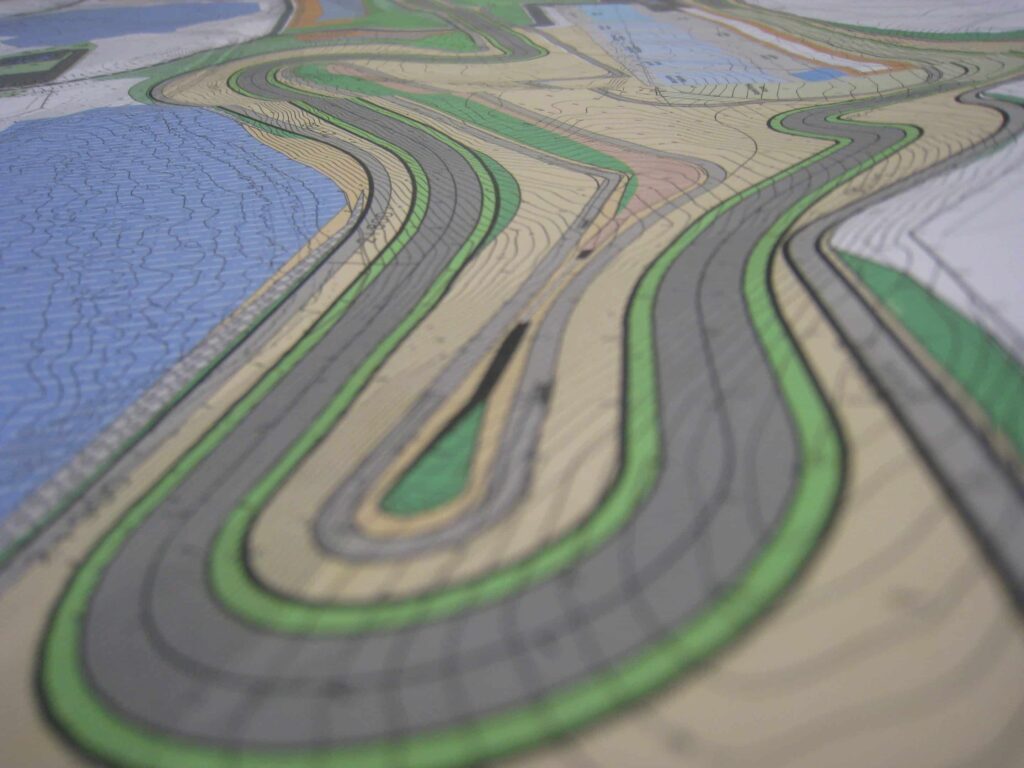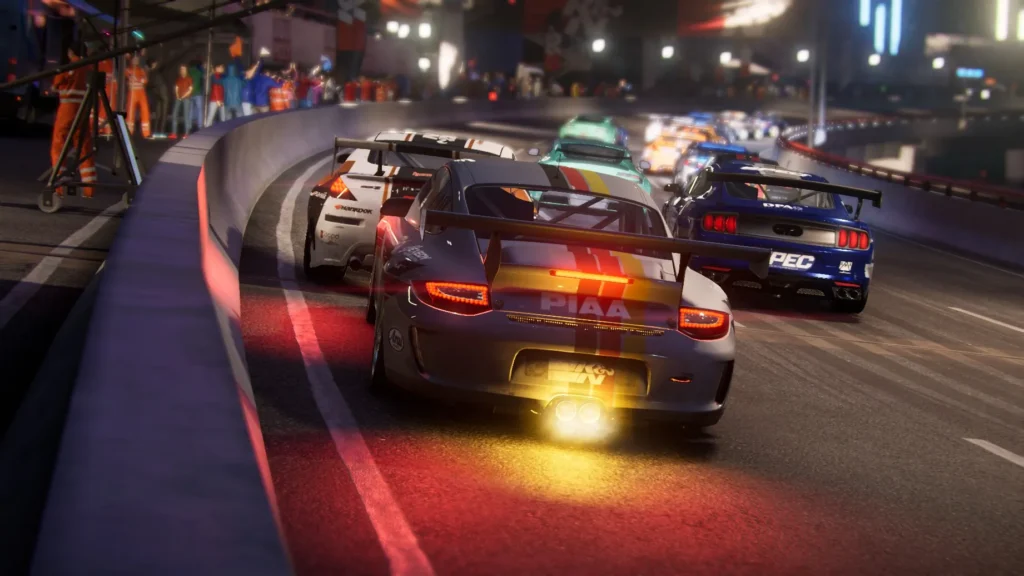Racing games are a thrilling genre that offers players the opportunity to experience high-speed action on a variety of tracks and environments. Behind the scenes, game developers face the monumental task of designing tracks and creating immersive environments that captivate players and enhance the overall racing experience. In this article, we’ll delve into the intricate process of track design and environment creation in racing games, exploring the challenges developers face and the techniques they use to bring virtual racing worlds to life.

Crafting Dynamic Tracks:
The creation of tracks in racing games is a meticulous process that requires careful planning and attention to detail. Developers must consider factors such as track layout, elevation changes, cornering radius, and straightaways to ensure that each track provides a balanced and engaging racing experience. Dynamic elements such as variable weather conditions, day-night cycles, and dynamic track surfaces add an extra layer of complexity, requiring developers to create tracks that can adapt to changing conditions and provide new challenges with each race.
Balancing Realism and Fun:
One of the primary challenges in track design is striking the right balance between realism and fun. While realistic track layouts and environments can enhance immersion, they must also be enjoyable to race on and offer opportunities for exciting gameplay moments. Developers often take creative liberties with track design, incorporating features such as jumps, banked turns, and shortcuts to add variety and excitement to races. Balancing realism with fun ensures that tracks are challenging yet accessible to players of all skill levels.

Read also about: The Challenges of Developing Racing Games.
Creating Immersive Environments:
In addition to track design, creating immersive environments is essential for enhancing the overall racing experience. Developers must meticulously craft environments that are visually stunning and thematically cohesive, whether it’s a bustling cityscape, a scenic countryside, or a rugged mountain range. Attention to detail is paramount, with developers incorporating elements such as realistic lighting, dynamic weather effects, and environmental hazards to create a sense of immersion and authenticity.
Leveraging Technology and Tools:
Advancements in technology have revolutionized the process of track design and environment creation in racing games. Powerful game engines such as Unreal Engine and Unity provide developers with sophisticated tools and rendering capabilities to bring their creative vision to life. Additionally, procedural generation techniques allow for the creation of vast and diverse environments with minimal manual intervention, speeding up the development process and enabling developers to create more content-rich racing experiences.
Iterative Design and Player Feedback:
Iterative design and player feedback play a crucial role in refining tracks and environments to ensure that they meet player expectations and provide a satisfying racing experience. Developers conduct extensive playtesting sessions to gather feedback from players and identify areas for improvement. This iterative process allows developers to fine-tune track layouts, adjust difficulty curves, and address any technical issues or bugs that may arise during gameplay.

Conclusion:
Track design and environment creation are fundamental aspects of racing game development that require a delicate balance of creativity, technical expertise, and player feedback. By crafting dynamic tracks, creating immersive environments, leveraging technology and tools, and iterating based on player feedback, developers can create racing games that captivate players and keep them coming back for more. Ultimately, it’s the careful attention to detail and dedication to creating memorable racing experiences that set the best racing games apart from the competition.


